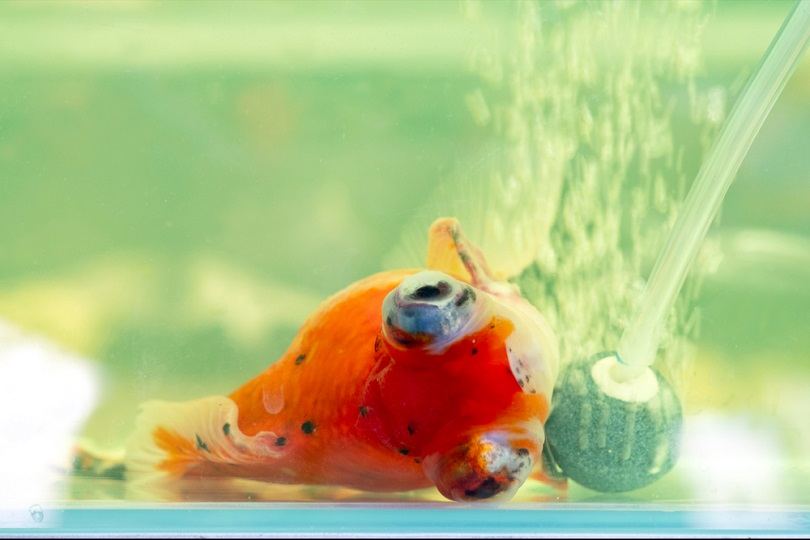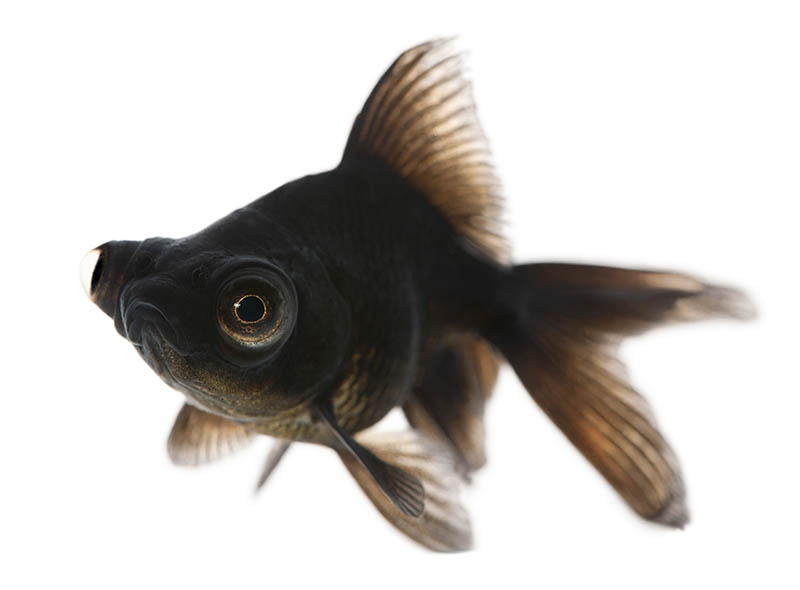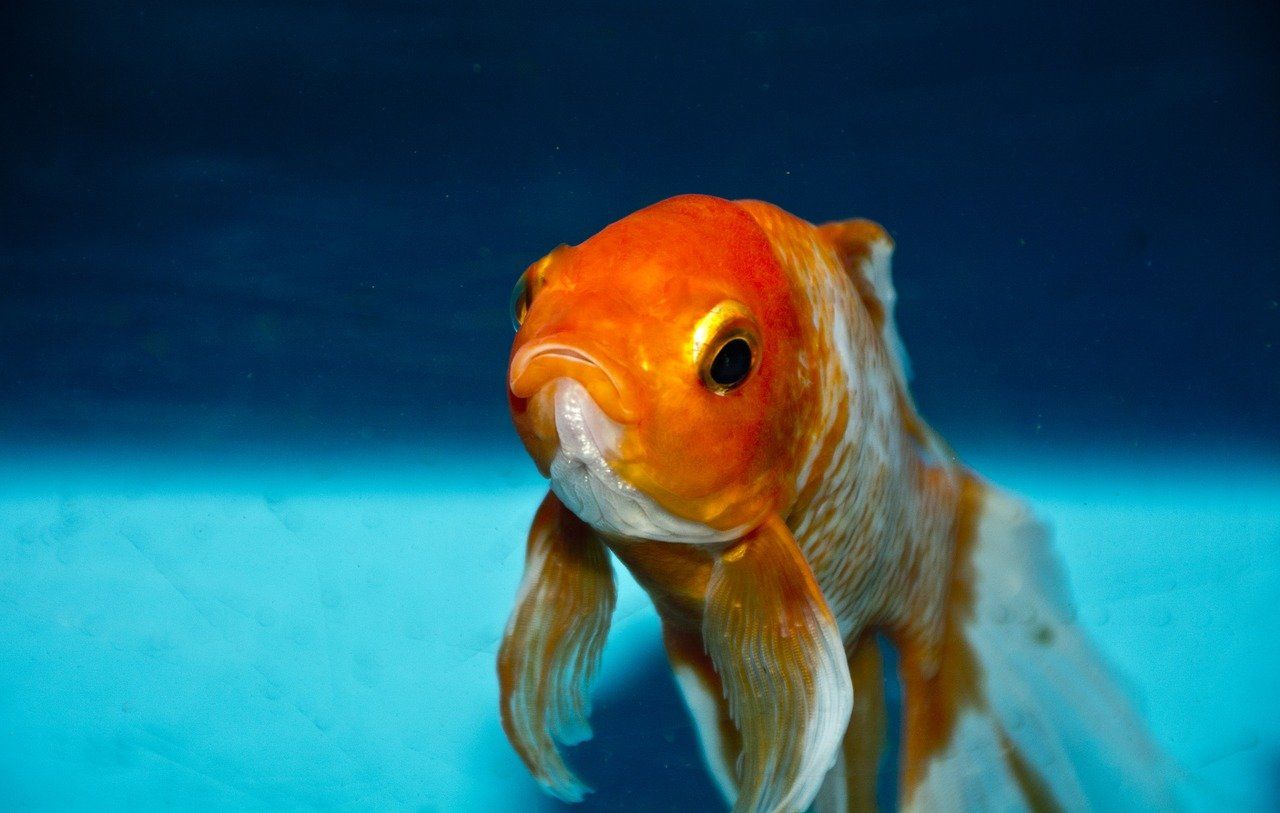Parrot’s Feather (Myriophyllum aquaticum): Care Guide, Planting & Growing

Updated on
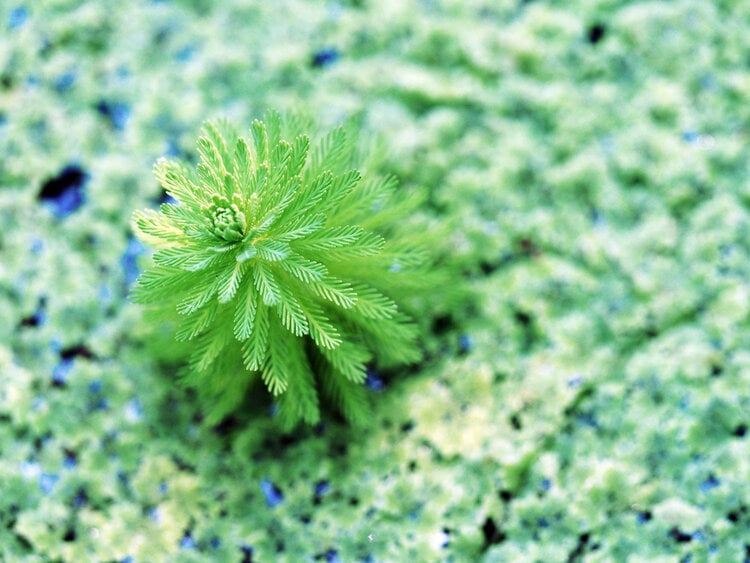
If you’ve been looking for a great, easy-care plant for your water garden or aquarium, check out Parrot Feather! It is a beautiful plant with a unique, lush appearance, making it well-suited to be homed with a variety of fish.
Your fish will love swimming through the tall stalks of Parrot Feather plants and may even enjoy nibbling on the leaves. It makes a nice addition to tanks that need a spawning mop or a nursery for fry, shrimplets, or even baby snails.
However, Parrot Feather does come with a few caveats, so read on to learn more about Parrot Feather!
Useful Information About Parrot Feather

| Family Name: | Haloragaceae |
| Common Name: | Parrot Feather, Parrot’s Feather, Brazilian Watermilfoil |
| Origin: | Amazon River |
| Color: | Bright green, blue-green, grey-green |
| Size: | 5 feet tall |
| Growth Rate: | Fast |
| Care Level: | Easy |
| Lighting: | Moderate to high |
| Water Conditions: | Temperature 60-86˚F
pH 6.0-8.0 |
| Minimum Tank Size: | 20 gallons |
| Supplements: | None |
| Placement: | Background |
| Propagation: | Cuttings, rhizome division |
| Compatibility: | Temperate to tropical freshwater tanks |

Parrot Feather Appearance
Parrot Feather gets its name from the feathery appearance of its leaves. These plants grow on stems with stubby branches growing out of most of the stem. The small, needle-like leaves protruding from the stubby branches give these plants an appearance like small fir trees.
They can reach up to 5 feet tall in deep enough water and can grow up to 1 foot above the surface of the water in water 4 feet deep or less. These plants readily propagate, and a single plant can fill a large space, with some reports indicating one plant can reach up to 5 feet in width.
Dwarf Parrot Feather only reaches about 6-8 inches in height but can still reach widths near those of the non-dwarf variety. Otherwise, it looks the same as Parrot Feather but on a smaller scale.
These plants can produce small, whitish flowers at the juncture of branches and stems. These flowers have a hairy appearance. Parrot Feather may also produce small, nut-like fruits. The flowers and fruits will not result in new plant growth.
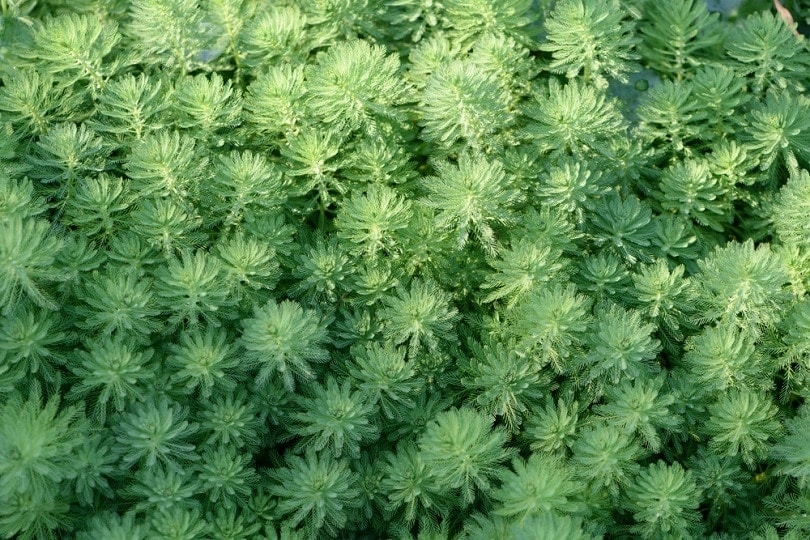
Where to Find It?
Parrot Feather is highly invasive and has become naturalized on all continents except Antarctica. It originated in the Amazon River but can survive below-freezing temperatures for extended periods.
This plant is popular in the aquatic plant trade, especially for ponds and water gardens, so it is often available through online shops. It may be difficult to come by in local stores due to its invasive nature.
General Care
Parrot Feather is an easy-care plant if you meet its lighting needs. It will absorb nutrients from the water, making it a good plant for tanks with high bioload, like goldfish tanks. These plants will also release a great deal of oxygen into the water, making life easier for your aquatic friends.
Dwarf Parrot Feather is identical in care needs to Parrot Feather, but instead of reaching 5 feet in height, it will likely reach less than 8 inches. If planted in a shallow container, it will still be able to grow above the water line if its roots are covered in water and planted into substrate.
Neither of these plants will require nutrient supplementation or CO2 injection, making them an ideal low-maintenance plant if you can meet the moderate to high light requirement. Parrot Feather plants can survive in a wide pH range, from 6.0-8.0, but will prefer alkaline water. These plants are native to the Amazon river, so they prefer a warm environment, but will tolerate temperate environments. It can survive in USDA zones 4-11 and can usually survive being frozen over during the winter, although it may be damaged by frost or killed by extended periods of freezing weather.
Habitat, Tank Conditions & Setup
Tank/Aquarium Size
Parrot Feather should not be kept in anything smaller than a 20-gallon tank, but a 55-gallon, tall tank or larger would be ideal.
Water Temperature and pH
These plants prefer tropical tank temperatures up to 86˚F and will grow best in warm water. However, they are tolerant of more temperate tanks but will not grow as well in cool water. They prefer a slightly alkaline pH up to 8.0 but can survive in water pH as low as 6.0.
Substrate
Any substrate is acceptable for Parrot Feather plants. It will readily root, even in a substrate with few nutrients.
Plants
Parrot Feather may be paired with foreground or midground plants or plants with a slower growth rate, like Java Ferns or Dwarf Baby’s Tears. It would not be advisable to pair these plants with fast-growth, tall plants like hornwort. Parrot Feather and Dwarf Parrot Feather may be paired together.
Lighting
These plants prefer high lighting but will tolerate moderate lighting. They may grow in low-light environments, but it will likely slow the growth rate significantly or kill the plants.
Filtration
Parrot Feather plants do a great job at filtering nutrients, like nitrate and nitrites, from the water. It will grow in slow to moderate currents and if rooted well, it can also grow in faster currents.
Planting Tips
Parrot Feather plants have rhizomatic roots that prefer to be planted within a substrate. These plants absorb almost all needed nutrients from the water, so a nutrient-rich substrate is not necessary. They can be planted in sand, dirt, gravel, or even river rocks.
In outdoor settings, these plants make a great addition to the edges of water gardens or controlled ponds where the roots will be below the waterline. Fast growth and easy propagation mean these plants can help root the substrate and prevent movement or erosion. There is also the benefit of Parrot Feather’s ability to survive submerged, so flooding or high water levels should not kill these plants.
The 5 Benefits of Having Parrot Feather in Your Aquarium
1. Improves water quality
Parrot Feather plants love to consume nutrients in the water, meaning they can help clear the water of nitrate, nitrites, and ammonia, all of which can harm your fish if not kept under control. These plants are also one of the best water oxygenators, so they will absorb CO2 and leave behind the oxygen necessary to maintain life in your tank.
2. Provides shelter
Fish and invertebrates alike will enjoy the shelter provided by these plants. They are lush, full plants, and make a great addition to nursery tanks or tanks with small fish or invertebrates that may be eaten by larger tankmates. They may also help protect eggs from roving aquatic pets.
3. Fast growth
The rapid growth Parrot Feather exhibits is ideal for tanks with fish that enjoy eating plants in the tank, like goldfish. Not all fish will eat this plant, but if you happen to have fish that acquire a taste for it, it will likely grow rapidly enough to replenish the supply before your fish can eat it all.
4. Decreases risk of algae growth
Parrot Feather will absorb the nutrients from the water that algae use to grow. These plants can help decrease the chance of an algae bloom through, essentially, starving out the algae.
5. Can be submerged or emersed
This means that Parrot Feather plants can work in open and closed-top tanks. This diversity also makes them a great plant for outdoor setups.
Concerns About Parrot Feather
Parrot Feather is highly invasive, wreaking havoc on ecosystems and clogging waterways. It can steal nutrients needed by native plants to survive and it can become wrapped in boat propellers. If Parrot Feather is kept in any kind of outdoor environment, it is of the utmost importance that there is no chance of it escaping from that environment into native waters. It should not be planted anywhere with any chance of flooding or draining into ditches, sewers, or other bodies of water.
An individual Parrot Feather plant can take over a body of water due to the large size the plant can reach as well as its ability to asexually reproduce via rhizomes or cuttings.
Parrot Feather should never be allowed to enter native waterways. Even small cuttings of Parrot Feather plants may root and reproduce. It’s believed that the aquatic plant trade is how Parrot Feather became naturalized in so many areas and it is illegal to sell or purchase in multiple states, including Michigan, Washington, and Connecticut.
Conclusion
Parrot Feather is a lovely aquatic plant that requires some special care in keeping, even though it is an easy-care plant. It can be detrimental to native habitats, so it should be handled with care.
If you decide Parrot Feather is a good fit for your aquarium or water garden, check your area to make sure it is legal to purchase and own. In the right hands, Parrot Feather plants are an excellent addition to tanks or ponds that will improve the water quality and provide a nice forest of plants for your fish to enjoy. It might even be a nice addition to your tank if you have greedy goldfish!
Featured Image Credit: ANGHI, Shutterstock

